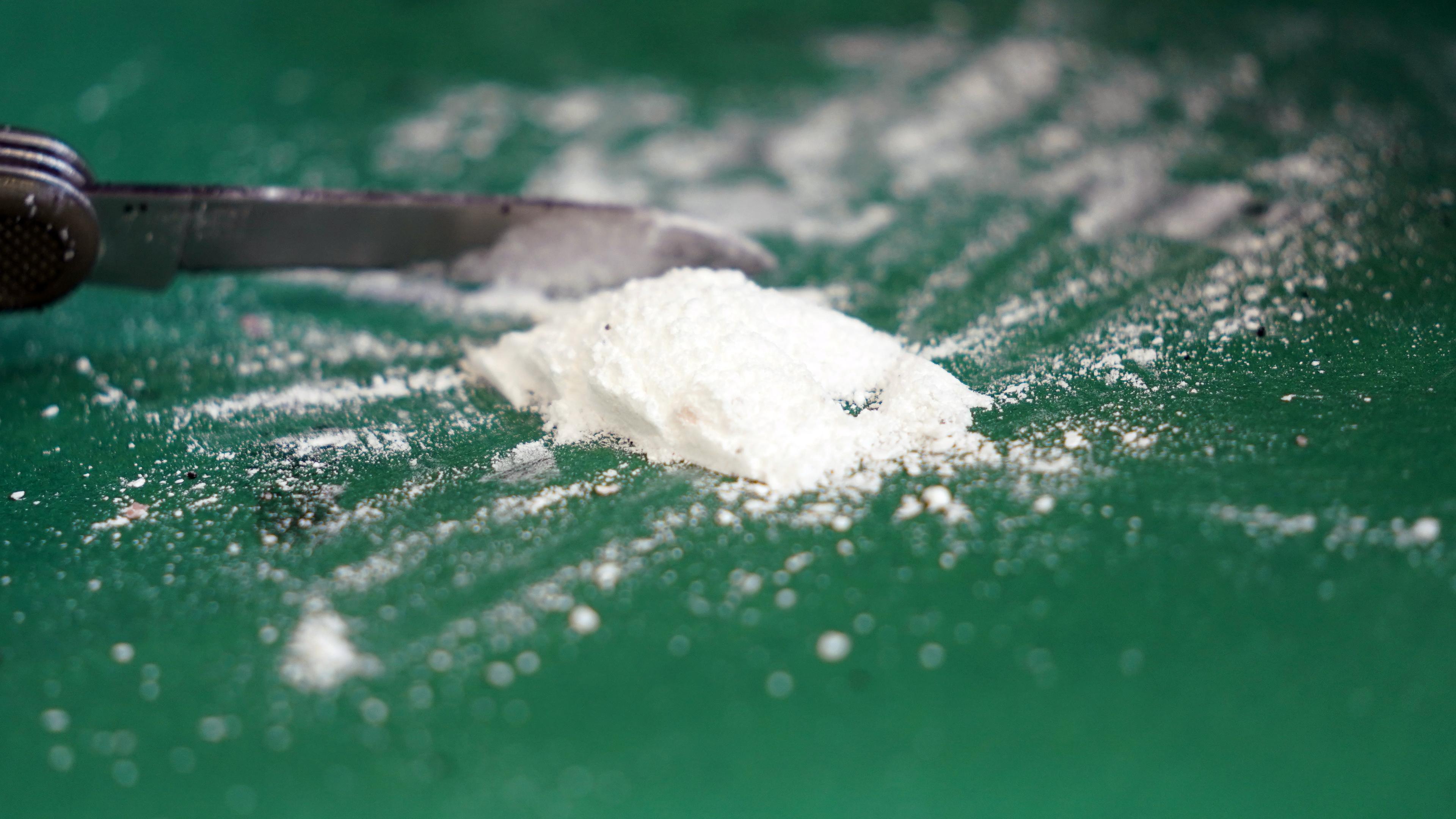EU drug report: synthetic drugs on the rise

The annual EU drug report of the European Union Drugs Agency clearly shows that while cocaine remains the most popular illegal drug and increasingly spreading from large cities into smaller communities, synthetic stimulants such as Cathinone are also continuously increasing. At the same time, the consumption of dangerous opioids such as fentanyl and nitazene increases. So far, however, little has been known about the long -term health risks of the consumption of these new substances.
Cannabis: High effectiveness with side effects
An estimated 4.3 million people in the EU (1.5 percent of adults) consume cannabis daily or almost daily. In Luxembourg, estimates consumed a good 23.3 percent of 15 to 64 year olds in 2019 at least once in their life of cannabis.
This group is also most affected by cannabis -related problems. The effectiveness of the confiscated cannabis has increased dramatically in recent years: cannabis resin now contains an average of 23 percent THC, which is a historically very high value. Grass is still around 11 percent THC. Although Harz and grass are still the most frequently consumed products, consumers are now an increasing selection, including highly effective products that are associated with acute symptoms in emergency rooms.
An estimated 4.3 million people in the EU (1.5 percent of adults) consume cannabis daily or almost daily. Photo: Annette Riedl/dpa
Cocaine: record quantities and new sales channels
The cocaine trade over European seaports in intermodal containers ensures high availability. Since the controls at the main import ports have been tightened, retailers alternate on smaller ports in other EU countries and neighboring countries that may be more susceptible. Cocaine is and remains the most popular illegal drug in Europe. Around 4.6 million Europeans consumed the drug imported mainly from Ecuador and Colombia in 2024. According to estimates by the report, 2.9 percent of the population between 15 and 64 years of cocaine in Luxembourg are said to have consumed cocaine.
The cocaine trade over European seaports in intermodal containers ensures high availability of the drug. Since the controls at the main import ports have been tightened, the retailers differ on smaller ports in other EU countries and neighboring countries that may be more susceptible.
Luxemburger Koksen prefers to
MDMA production: Europe becomes the main producer
While synthetic drugs used to be largely mugged from India, China or the Middle East, they are now increasingly manufactured in Europe. An example of this is MDMA. Today it is mainly produced in the Netherlands and Belgium for domestic consumption and export. According to the European Union Drugs Agency, the possible use of a reverse cocaine trade route from Europe to Latin America is worrying to exchange MDMA for cocaine.
In addition, the MDMA content in ecstasy tablets has increased dramatically: from an average of 84 mg in 2011 to 138 to 158 mg today. Some tablets even contain up to 350 mg. Since salary and purity vary greatly, consumers are exposed to changing and unpredictable health risks.
Cathinone: The underestimated synthetic stimulants
Europeans are increasingly consuming Cathinone, either in addition to or instead of amphetamines and MDMA. Colloquially, one also speaks of « bathing salt », presumably to disguise the actual purpose. Current data show that synthetic cathinone are constantly available in some countries and may be consciously bought as a cheap alternative.
Consuming synthetic drugs is a major problem for public health. Many of these substances are very strong, and since they are relatively new and constantly developing, their long -term effects of scientists have so far not been adequately examined.
Use on the find: Kobe and Zita have the right nose
Deadly threat: Nitazene opioids exceed Fentanyl
These synthetic opiates were mainly detected in fake medication, disguised, among other things, as benzodiazepines such as Diazepam and Alprazolam. The report estimates 7,500 drug -related deaths for 2023 in Europe, mostly caused by opioids. In Austria (66 percent), Luxembourg (56 percent), Slovenia (51 percent) and Bulgaria (50 percent), Heroin was involved in the majority of overdose deaths. In Luxembourg there are said to have been nine drugots in 2023.
In addition to heroin and fentanyl, however, nitazine also provide concern. Some nitazine are even stronger than fentanyl, which is 50 times stronger than heroin and has an extremely high overdose risk.
These synthetic opiates were mainly detected in fake medication, which were disguised, among other things, as benzodiazepines such as diazepam and alprazolam.
HIV and syphilis under drug uses in Luxembourg
As the report mentioned at one point, an accumulation of syphilis cases was recently discovered among drug consumers in Luxembourg-23 cases between November 2023 and September 2024. There were eight women among those affected, some of whom were prostitute to finance their drug use.
These marginalized persons had no contact with regular health services. Despite the generally well -developed network at contact points in Luxembourg, this outbreak illustrates the endangerment of marginalized groups. It is worrying that the cluster was only discovered by an examination in the context of an HIV outbreak, which suggests similar cases to other undiscovered cases.
That is why Luxembourg records the highest syphilis rate in Europe
As for the number of HIV infections, Luxembourg reported five HIV cases in connection with drug injections in 2023.
A synthetic drug production facility that was discovered by the Dutch police in 2024. Photo: Landelijke Faciliteit OntMantelen / European Union Drugs Agency
Production: Europe becomes a drug factory
The illegal drug production in the EU carries considerable risks to public health and security- not only for consumers, but also for the residents of local communities near production or landfill locations. They are exposed to poisonous chemicals, fires and explosions.
A wide variety of substances were produced in the illegal production facilities in the EU in 2023: amphetamine, methamphetamine, synthetic Cathinone, MDMA, cocaine and heroin. The size of the systems ranges from small « kitchen laboratories » to high -performance systems with specialized reactors that can produce several ten kilograms per batch.
Smaller systems mainly supply local markets and occasionally the darknet. Larger production facilities supply both local and non-EU markets, which means that they deliver their products to many different countries and thus increase their sales. Large -scale laboratories for synthetic drugs are mainly in Belgium and the Netherlands, while Poland has large production facilities for synthetic Cathinone.
Sales: online platforms as new trade routes
Dealers are increasingly using superficial websites-including legitimate e-commerce platforms and social media pages-to sell new psychoactive substances, illegally produced fake medication and established illegal drugs. These platforms also sell drug output fabrics and other chemicals used in drug production.








